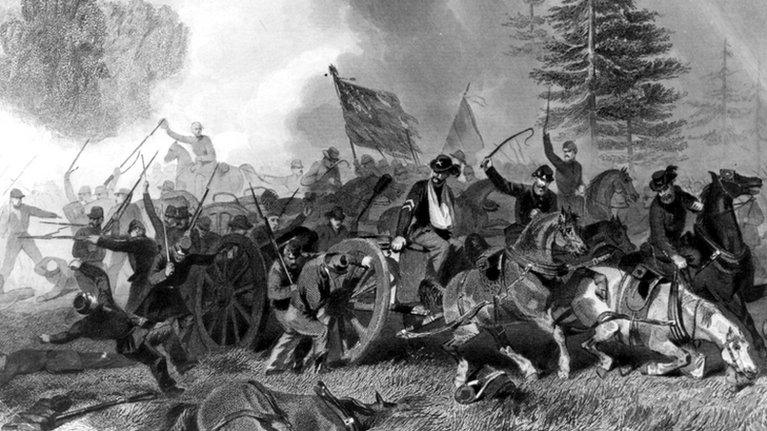Protection sought for Iona I 'historic' Clyde shipwreck
- Published
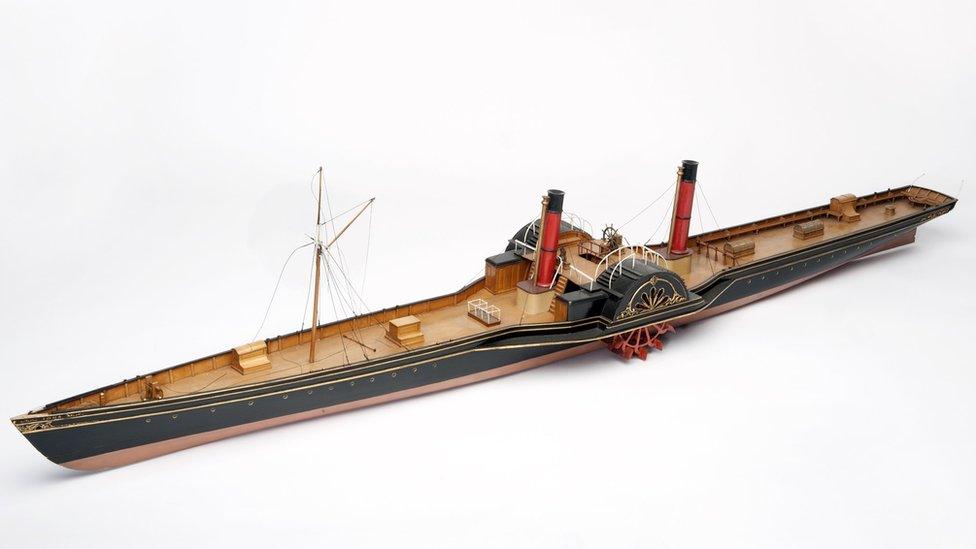
Glasgow Museums' scale model of Iona I
The wreck of a Clyde-built paddle steamer bought by Confederate agents during the American Civil War could be given greater protection.
The Iona I operated on a Glasgow to the Highlands passenger route before it was purchased for use in delivering supplies to blockaded American ports.
But it never reached the war as it sank in the Clyde near Gourock following a collision with another ship in 1862.
The Scottish government has suggested better protection for the wreck.
Scottish ministers believe the site should be designated as a Historic Marine Protected Area (HMPA) to preserve it as a historic asset of national importance.
Historic Environment Scotland has begun a public consultation on the designation, external.
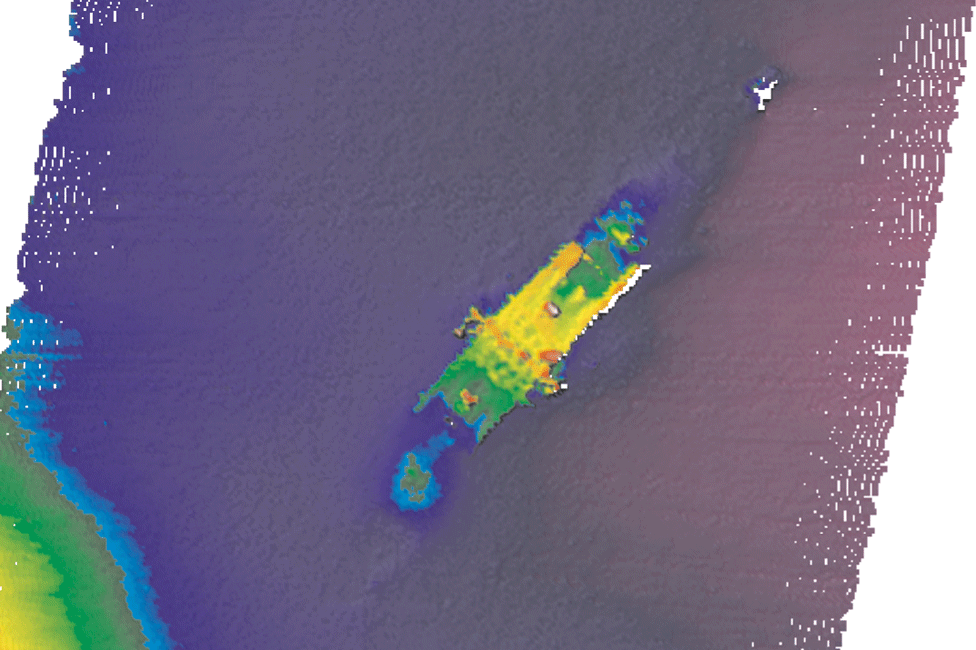
A sonar image of the wreck of Iona I
The wreck of Iona I has been described as being in a good condition. Glasgow Museums has a scale model of the paddle streamer in its collections.
'Souvenir hunters'
Andy Fulton, senior designations officer for Historic Environment Scotland, said: "The Iona I has a wonderfully colourful history, initially operating as a paddle steamer before being refurbished as a blockade-runner in the American Civil War, although sadly the steamer never made it out of the Clyde, where it was built.
"The wreck is in pretty good condition but as with all marine archaeological sites it is deteriorating, and unfortunately some artefacts have already been removed by souvenir hunters.
"Proposing the wreck for designation as an HMPA, will provide legal protection to prevent salvage activity, and will help to recognise this nationally important piece of maritime heritage."
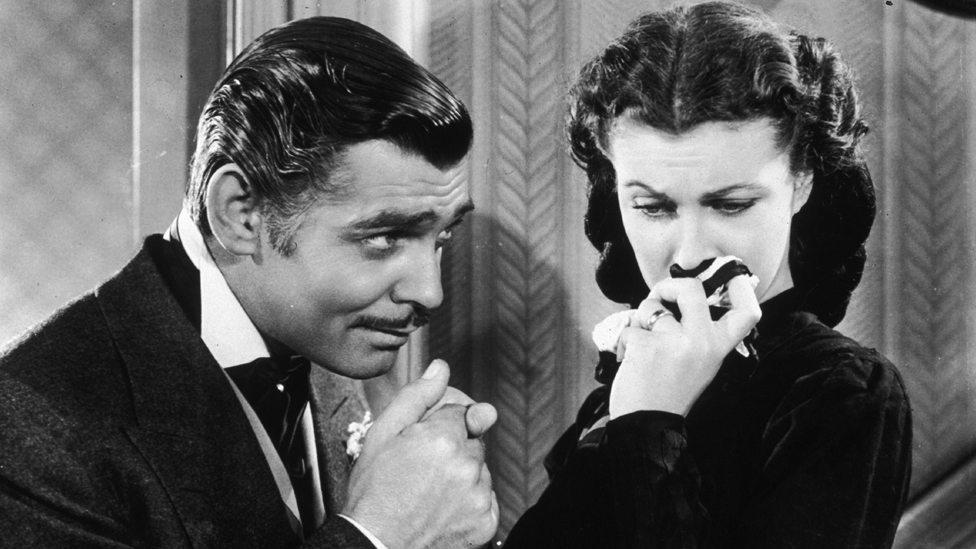
Clark Gable played a Southern blockade runner in the film Gone With The Wind
Iona I was one of hundreds of Clyde-built ships acquired by the Confederates for use as blockade runners.
The vessels were stripped down to make them faster so their crews had a better chance of out-manoeuvring Union ships blockading America's southern ports.
Blockade running was depicted in the 1939 film Gone With The Wind when Clark Gable played fictional blockade runner Rhett Butler. Historic Environment Scotland's consultation document makes mention of this Hollywood connection.
Sister ship
Before it was bought by Confederate agents, Iona I took passengers from Glasgow to Ardrishaig on what was known as the Royal Route, named after Queen Victoria.
Iona I's sister ship, Iona II, was also acquired as a blockade runner but it too sank.
The ship was wrecked off Lundy Island in the Bristol Channel in 1864. The wreck of Iona II is designated under the UK's Protection of Wrecks Act 1973.
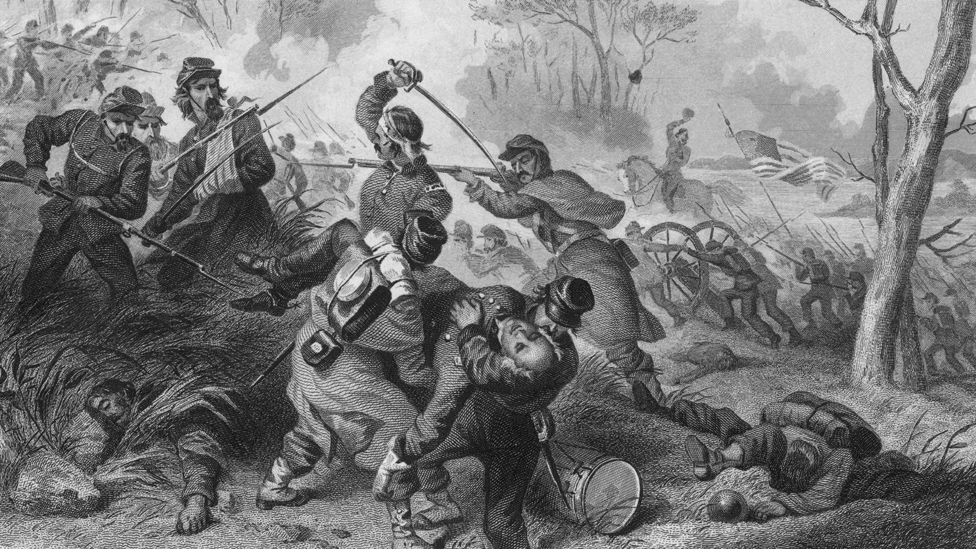
Scots fought in the American Civil War
Both the Confederate and Union side found support in Scotland during the war of 1861-65. Many Scots served on the conflict's frontlines.
Edinburgh-born Kate Cumming was a nurse who cared for wounded Confederate troops.
George Henry Mackenzie, who was born in North Kessock, near Inverness, served as a captain leading Black Union soldiers.
Brothers James and Alexander McRobbie, whose father Peter was born in Crieff, Perthshire, also fought for the Union.
James survived the war but his brother was killed at the Battle of Gettysburg in Pennsylvania in July 1863.
- Published26 February 2013
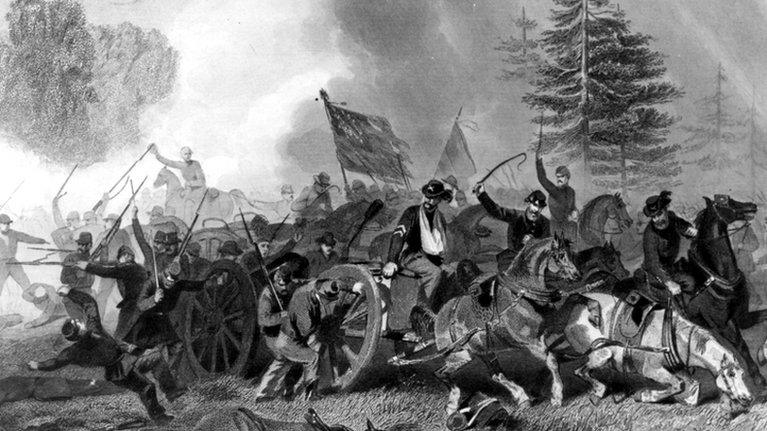
- Published23 January 2013
